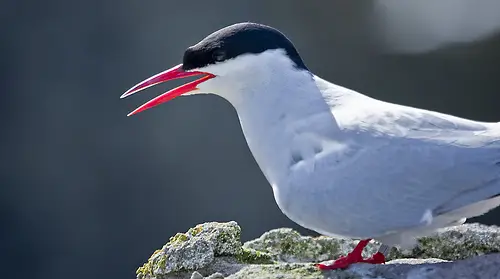Ivory-billed Woodpecker
The Ivory-billed Woodpecker (Campephilus Principalis) was though to extinct until a recent discovery.The elusive Ivory-billed Woodpecker is now classed as critically endangered with sightings of this beautiful bird still as scarce as always. The Ivory-billed woodpecker is classed as an American Woodpecker but there are actually two distinct sub-species of the Ivory-billed Woodpecker, those being the American Ivory-billed Woodpecker (primarily found in North America) and the Cuban Ivory-billed Woodpecker (primarily found in Cuba).
The Ivory-billed woodpecker, while extremely rare is one of the largest woodpeckers in the world with a wingspan of around thirty inches. The coloration of the Ivory-billed Woodpecker is a mixture of black and white with the male of the species sporting a bright red plume compared to the females humble back and both male and female have a clean ivory white bill as the name suggests. The bill of the Ivory-billed Woodpecker is easily recognizable by its long and straight shape and clear ivory coloration however in a juvenile Ivory-billed Woodpecker the color of the bill is more chalky and not as distinct as in an adult. Other key features of the Ivory-billed Woodpecker include a barbed tongue and in the males a bright red crest which is much less prominent in juveniles.

Ivory-billed Woodpecker
Once the Ivory-billed Woodpecker has found its mate it is understood that generally the pair will stay together for life. After mating and producing anywhere up to or around five eggs both parents will incubate the eggs for 3 to 5 weeks and share the responsibility of caring for their young. Both parents will take on the task of feeding their young until they are able to fly for themselves (which can take up to 5 weeks), even after the young have learned to fly their parents will still carry on feeding them up to another 2 or 3 weeks.
The Ivory-billed Woodpecker feeds primarily on beetle larvae but has also been known to consume fruit, insects and seeds. If in the unlikely event you are to come across an Ivory-billed Woodpecker you are most likely to find them in their preferred habitat of dead wood areas like big forests and swamps.
Unfortunately because of the rarity of these wonderful birds it is extremely hard to come across images or footage of these birds in action and they are often mistaken for other types of woodpecker.




Give more info on woodpeckers.